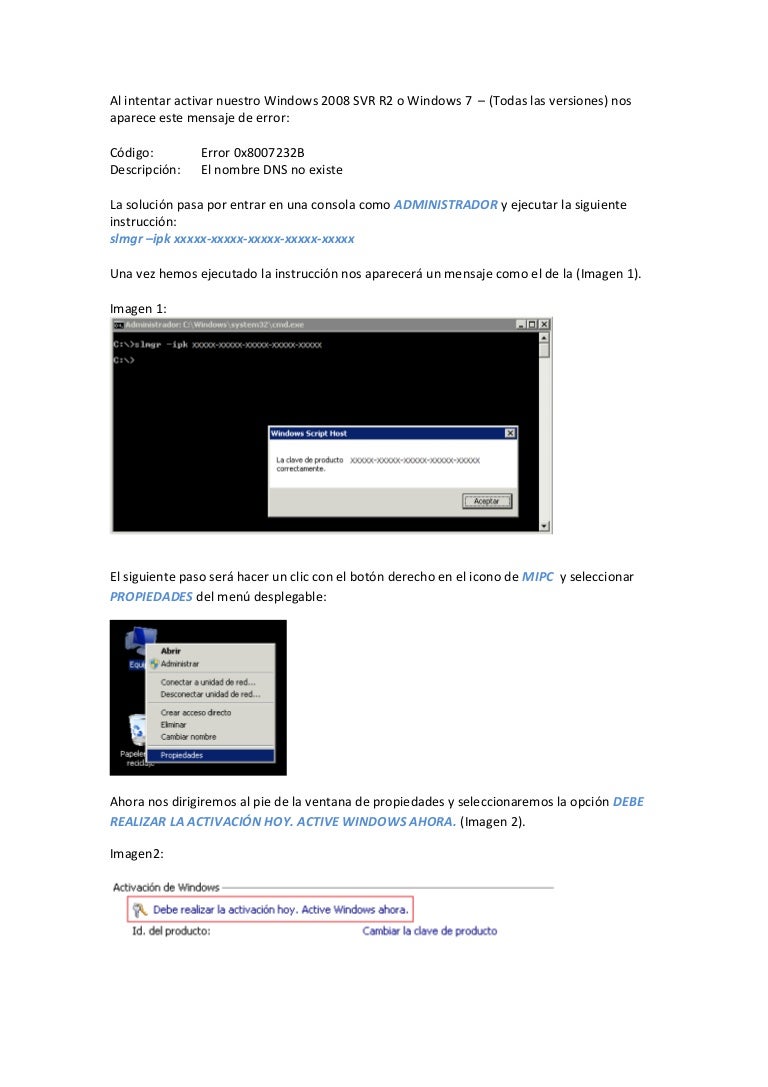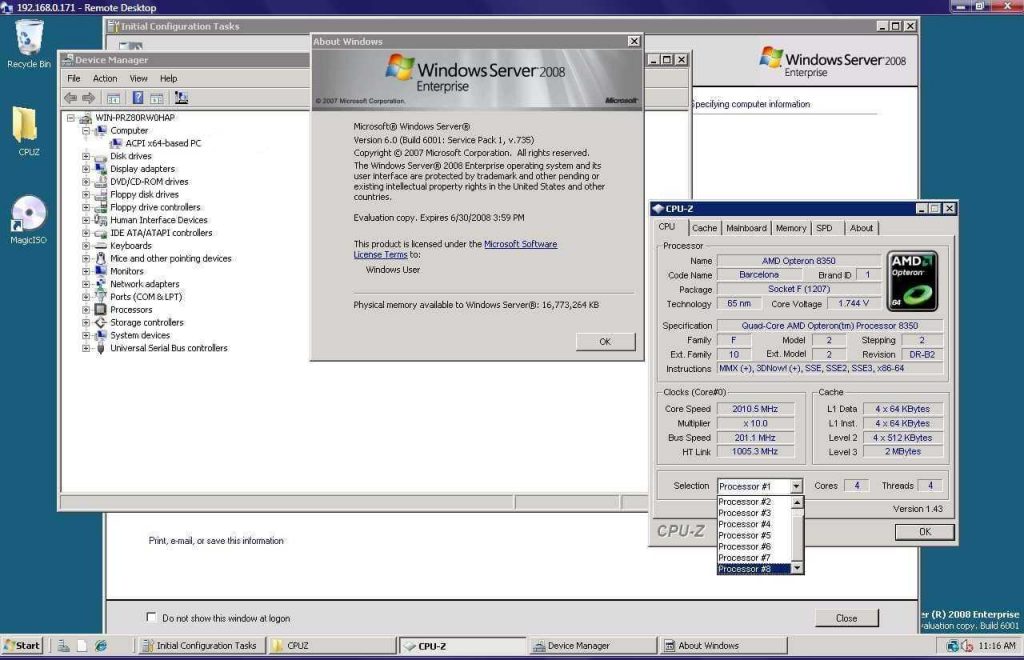

This scenario can be beneficial if your organization uses volume activation for clients and MAK-based activation for a smaller number of servers. Installing a KMS host key on a computer running Windows 10 allows you to activate other computers running Windows 10 against this KMS host and earlier versions of the client operating system, such as Windows 8.1 or Windows 7.Ĭlients locate the KMS server by using resource records in DNS, so some configuration of DNS may be required.

There are three possible scenarios for volume activation of Windows 10 or Windows Server 2012 R2 by using a Key Management Service (KMS) host:

KMS host key is installed on 1 machine only. But if you were going volume license on your machines, you would need 1 KMS server and use the generic KMS client setup key on the clients. I have attached a bunch of documentation on KMS for reference below. It just knows count is greater than minimum required. Whether you have 5 or 5 million the count on the KMS Server stops tracking at 50 because it doesn't matter. You need 5 servers or 25 clients to start activations. What it does do it simply verify if you have reached minimum count to activate clients.

KMS is not a big brother technology, its doesn't log a count or phone home somewhere. How many KMS license key do I require if I have 16 windows 2008 R2 server in my environment ? What I can speak to is the following question: In regards to the website, you may need to call the licensing folks and ask question about MLSC portal.


 0 kommentar(er)
0 kommentar(er)
